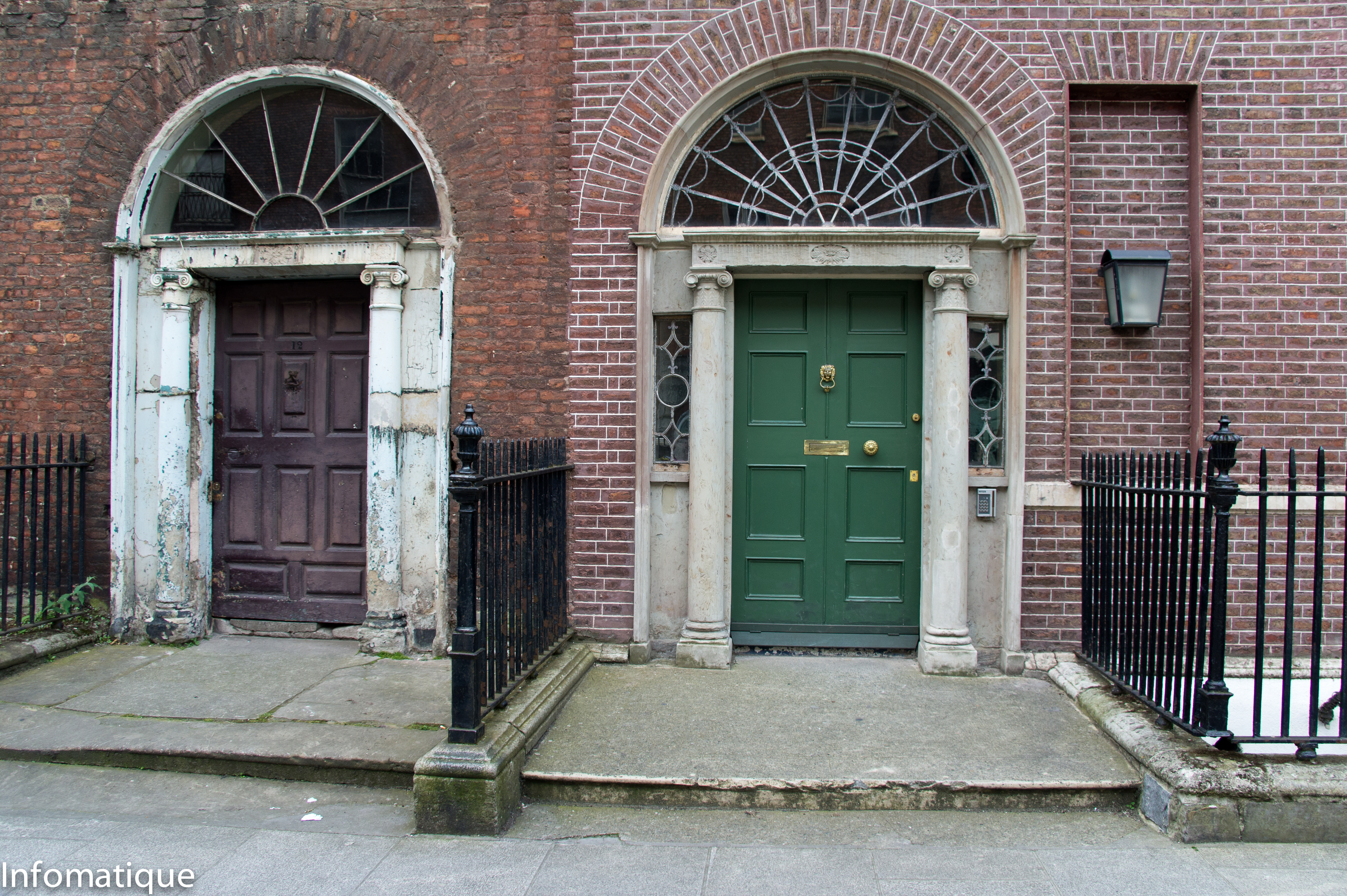By Ekaterina Tikhoniouk
One of the first connections between the built environment and physical health was made more than 2,600 years ago, in Hippocrates’ work ‘On Airs, Waters and Places’.
In the mid-nineteenth century, the idea finally emerged that poor-quality environments were a major contribution to illnesses and poor physical health. But the influence of the environment on mental health has been much less documented throughout history; written records and research into the built environment’s influence on mental health only began to appear in the late 1930′s.
Today, it seems that most of the emphasis continues to be placed on the impact of the building on the physical health and safety of its occupants. But what about the mental health impact of our buildings?
It can be argued that mental health is doubly important, as good mental health is fundamental to good physical health. There is a growing body of research that shows that there is indeed a relationship between built environment and mental health and it seems that the impact of the surrounding environment on mental health is more significant than previously thought.
Research has shown that greenery and green spaces have a considerable impact on mental health, and one study found that even a 1% difference in urban green space of an area has an influence on the mental health of its residents.
An association between depression and lack of adequate daylight has been found, as well as a correlation between noise pollution and increased stress levels.
Visual aesthetics also have an influence on our mental states. For example, blue colours can be calming in a high-stress setting, while yellow is associated with positivity and increase in mood. Bleak, run-down or littered environments have been shown to increase anxiety among residents and decrease mood.
But research has also shown that the relationship between the built environment and mental health is often complex; how much the built environment impacts a person’s mental health and wellbeing is also influenced by factors such as genetics, life experiences and personality. And, as well as impacting on mental and physical health directly, the built environment also predominantly influences human relationships, which in turn has an impact on people’s perceived and actual mental wellbeing.
For example, living together in cramped confines or with little personal space can often strain relationships between family members or residents. At the other extreme, impersonal large-scale housing developments with no provision of common spaces for residents can lead to social isolation which impacts the sufferer’s mental health directly through their self-perceived isolation and lack of social interaction, as well as indirectly through the lack of a social support structure to offer them help if something goes wrong.
The surrounding built environment has an even larger impact on a child’s mental health than on an adult’s. Children who live in high rise housing tend to experience restricted access to play areas which may be linked to behavioural problems, increased mental health problems and generally poorer health than children living in low rise or single family housing. Researchers have shown that having nature close to a home protects the psychological well-being of children, as well as boosting their cognitive functioning.
Well-kept streets, more greenery and green spaces, maximum amounts of daylight, sound insulation, shared common spaces, adequate personal space in housing; all these factors – and many more – can be used to create built environments that have a healthier mental impact on their occupants. And studies even suggest that something as simple as adding some trees to a busy street can have an increased positive mental impact.
Research has shown that mental health and physical health are inexorably linked. This strongly suggests that, while it is important to build buildings that promote good physical health, perhaps more emphasis should be placed on making sure that our buildings, streets and neighbourhoods have the best possible impact on our mental health and emotional wellbeing too.
This article first appeared on Architecture Ireland, a publication of the Royal Institute of the Architects of Ireland.













